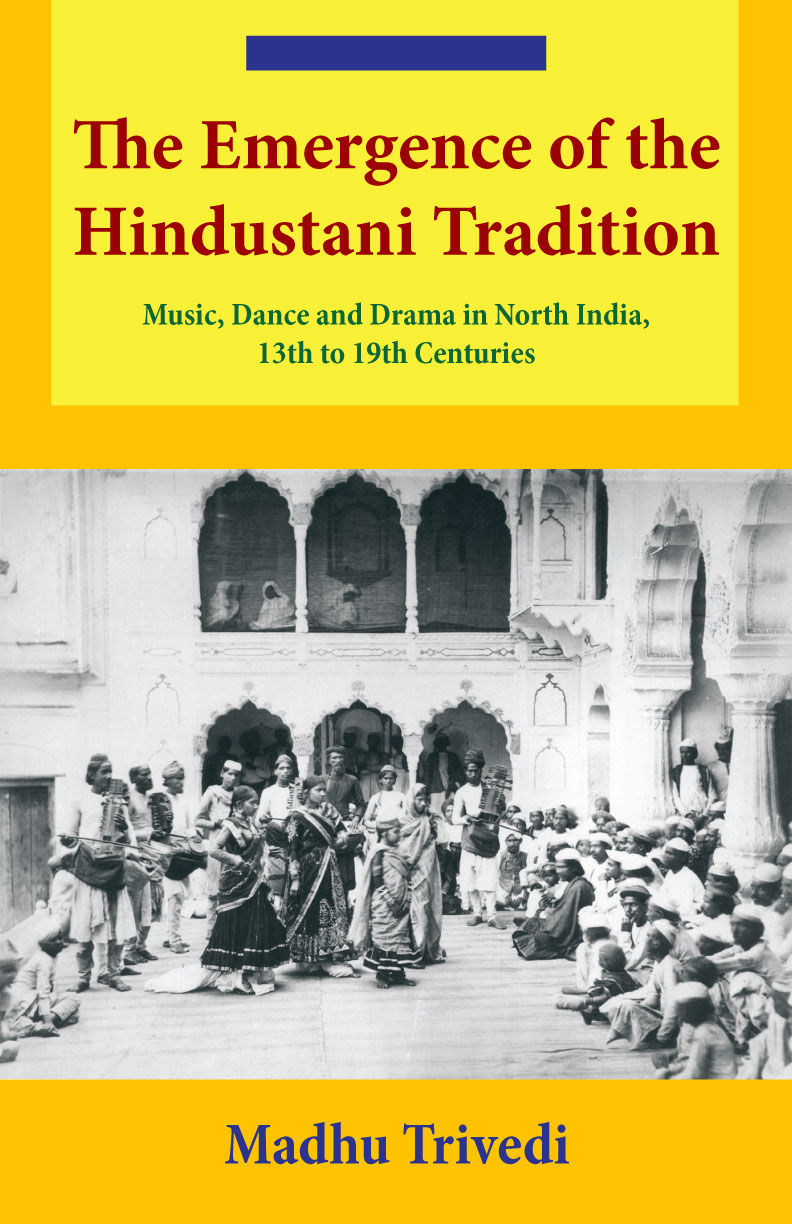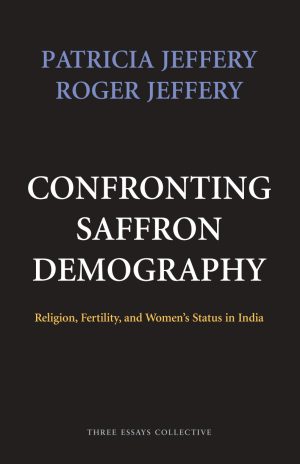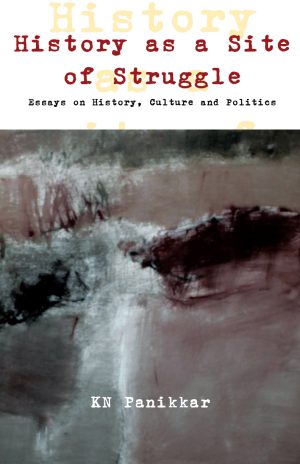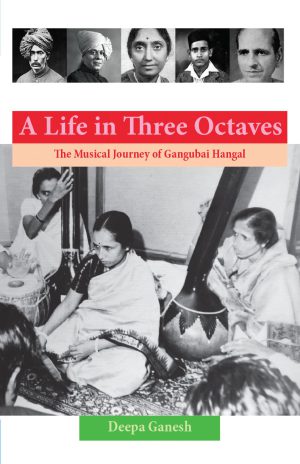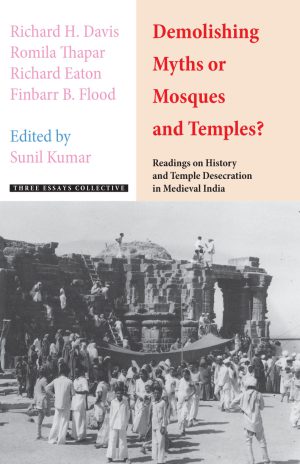Description
The essays in this book constitute an extensive study of the musical arts of north India from the 13th to the 19th centuries. Using material from several languages – Sanskrit, Awadhi, Braj-Bhasha, Persian and Urdu – they trace the varied developments in the musical arts and show how Indian, Central Asian, and Perso-Arab performance traditions underwent synthesis to become one tradition – the north Indian Hindustani tradition.
Highlighting the cultural milieu of north India, with diverse patterns of belief and cultural practices, these essays bring out significant details regarding the emergence of new elites, changing tastes, encounters between the court music traditions and the folk varieties, the percolation of court culture, the elevation of popular elements, the aesthetic values, the artistic vision, and, more importantly, the vibrancy and compositeness of the medieval and early modern north Indian musical culture that contributed to the shaping of the Hindustani tradition.
The Emergence of the Hindustani Tradition forges a link between history and musicology and emphasizes the importance of musical texts as a source of history. It enriches research on the history of music by bringing forth the role of the subaltern classes, specifically the role of women, in the making of Hindustani classicism.
CONTENTS
- Tradition and Transition: The Performing Arts in Medieval North India
- Writing Musical Traditions: A Study of Seventeenth Century Texts in Persian
- The Contribution of Sufi and Bhakti Saints in the Evolution of Hindustani Music
- Musical Arts at Shahjahanabad during the First Half of Eighteenth Century: An Appraisal
- Female Performing Artists in North India: A Survey
- Historical and Stylistic Development of Kathak in Medieval North India
Front cover: Samuel Bourne. Native Nautch at Delhi, 1864 (at Shalimar Bagh)
Madhu Trivedi
adhu Trivedi teaches history in the School of Open Learning, University of Delhi. She is the author of The Making of the Awadh Culture. She has published several research articles on a variety of themes related to medieval north Indian art and culture, especially gender, literary culture, and performing arts. She has participated in a number of national and international conferences and seminars on medieval history and culture and is considered an authority in the field.
She is one of the few historians to have concerned herself with music and performing arts and, on the other hand, one of the very few specialists in music and performing arts to have written a social history of these themes. Her knowledge of medieval Persian and the various dialects prevalent in north India, apart from the use of Urdu and Sanskrit sources makes her unique among the scholars on medieval Indian culture.
